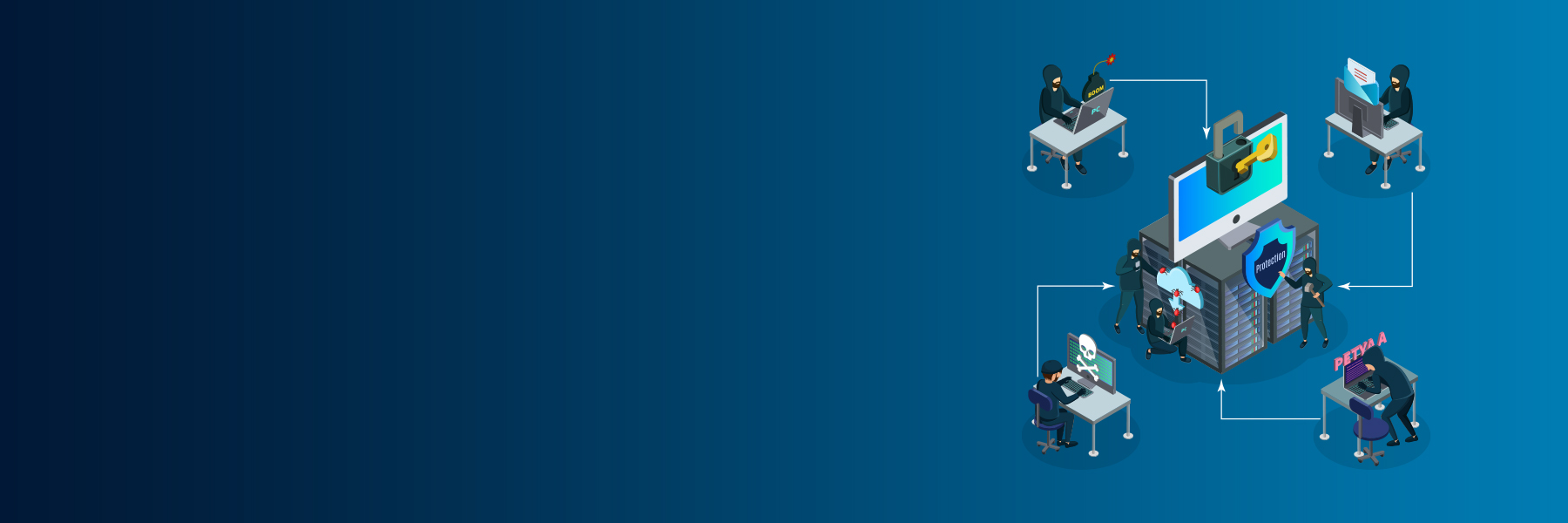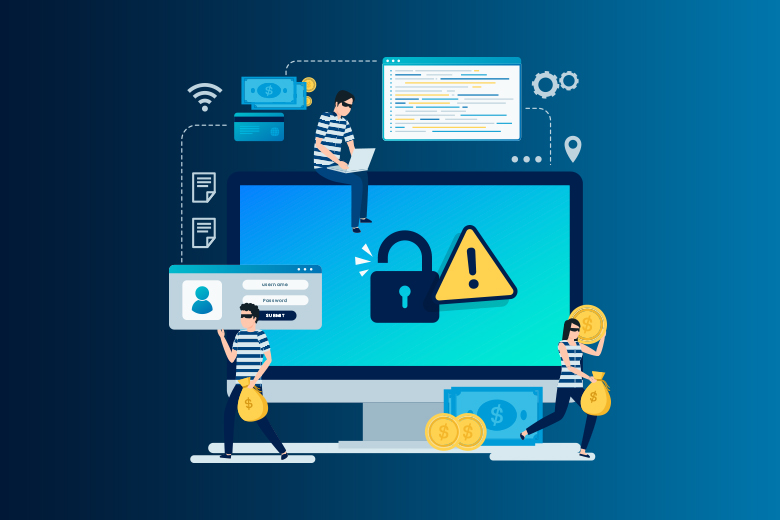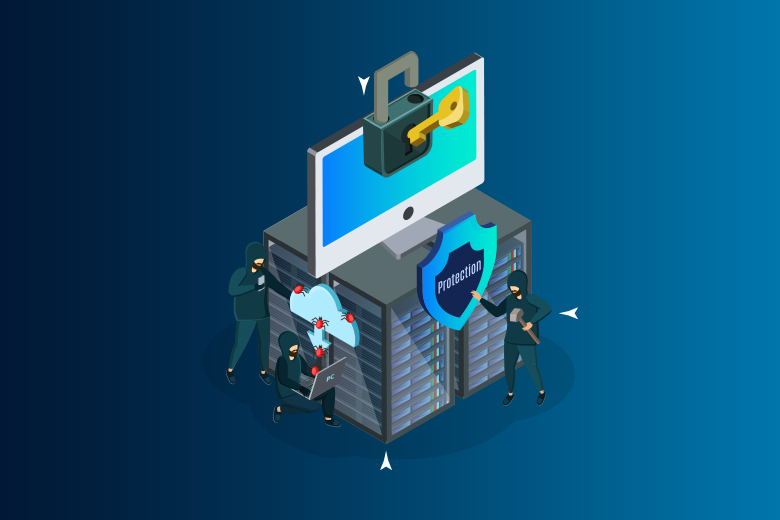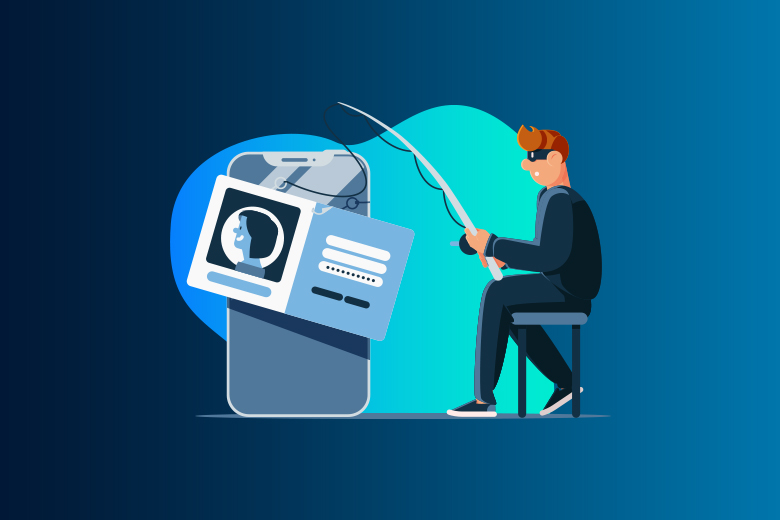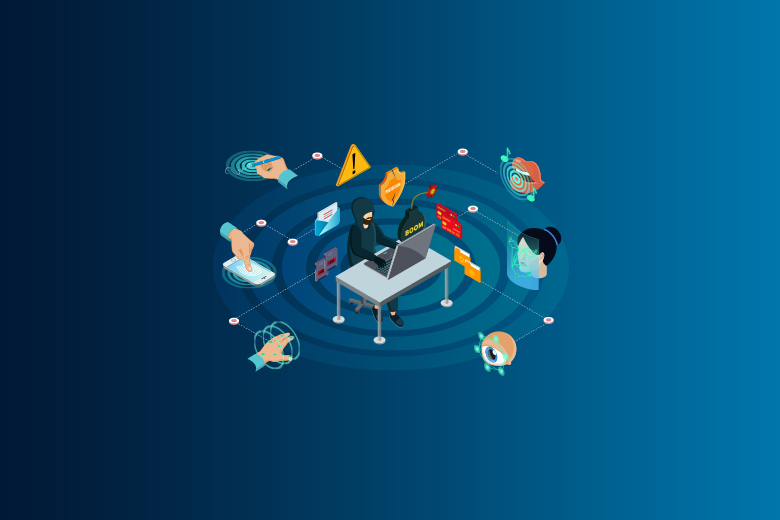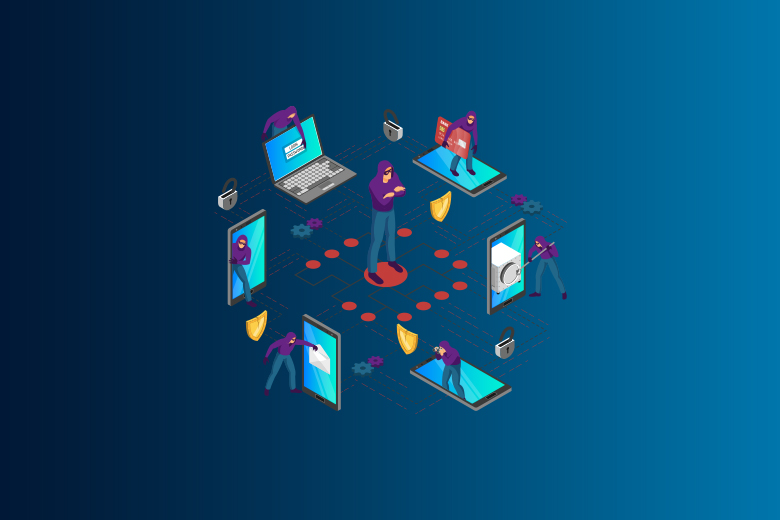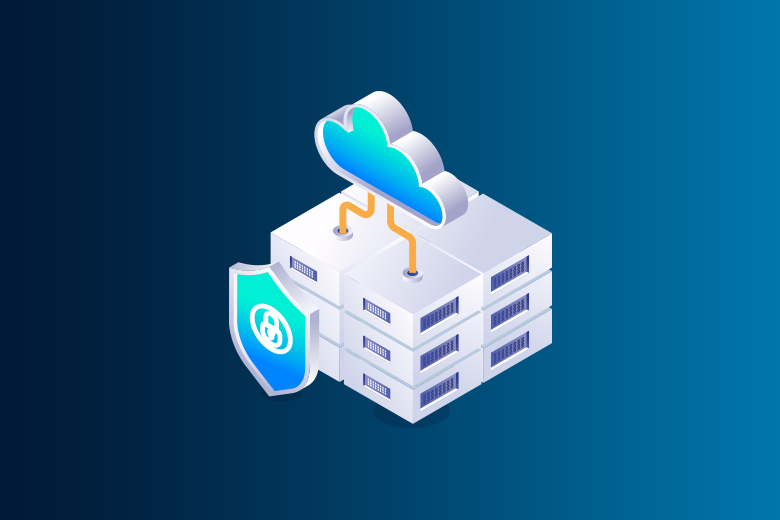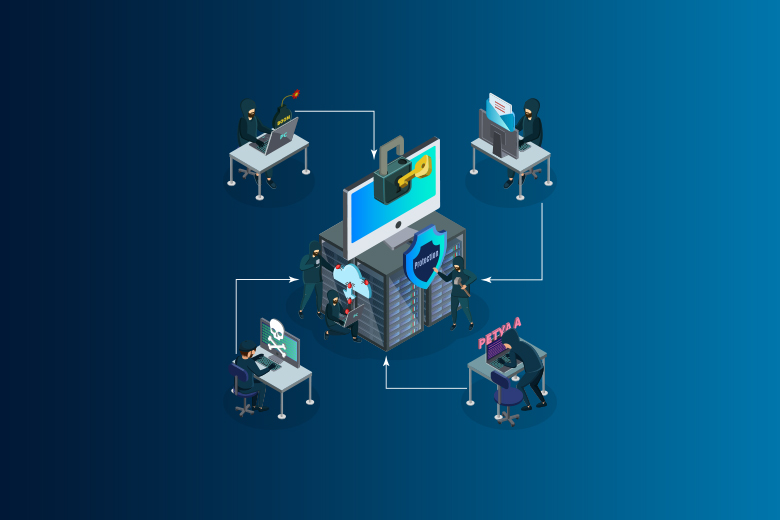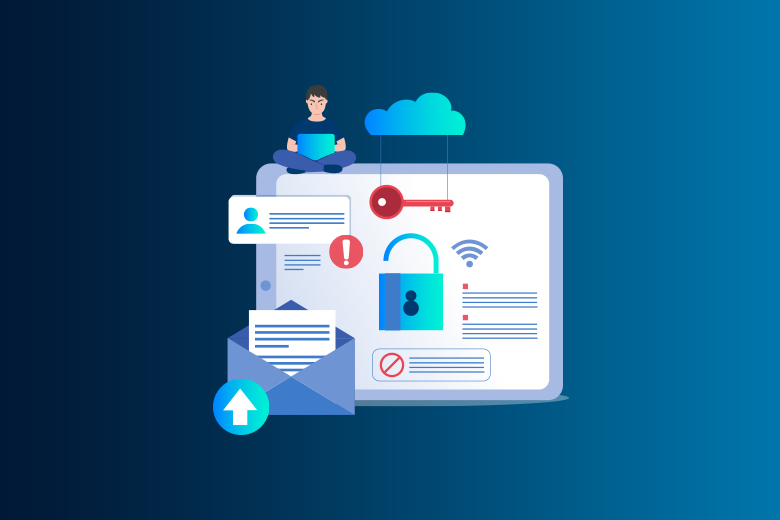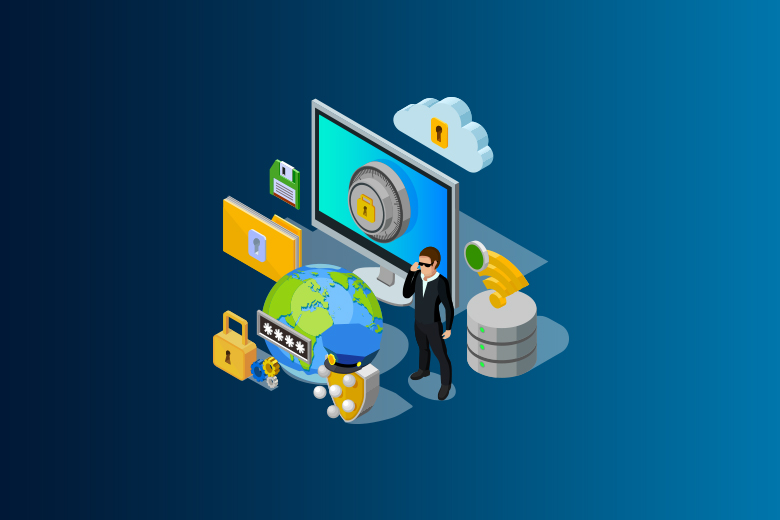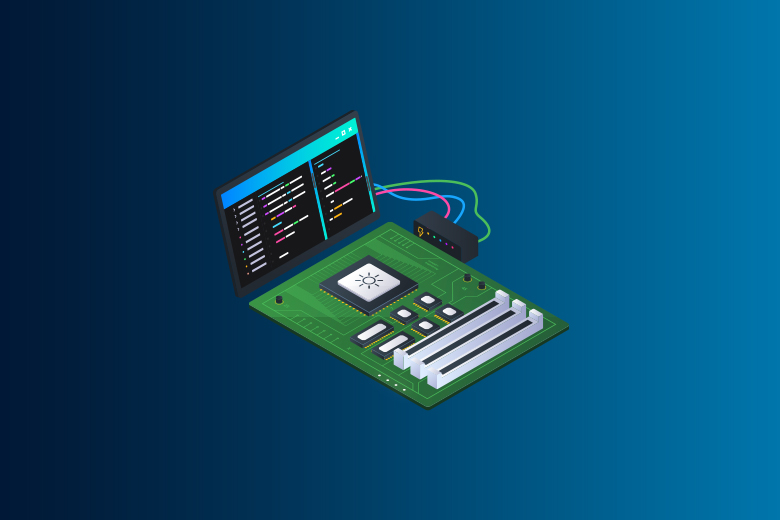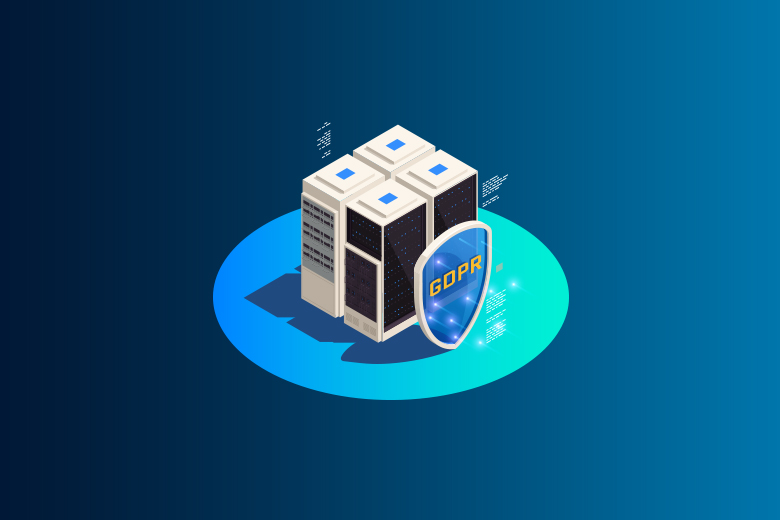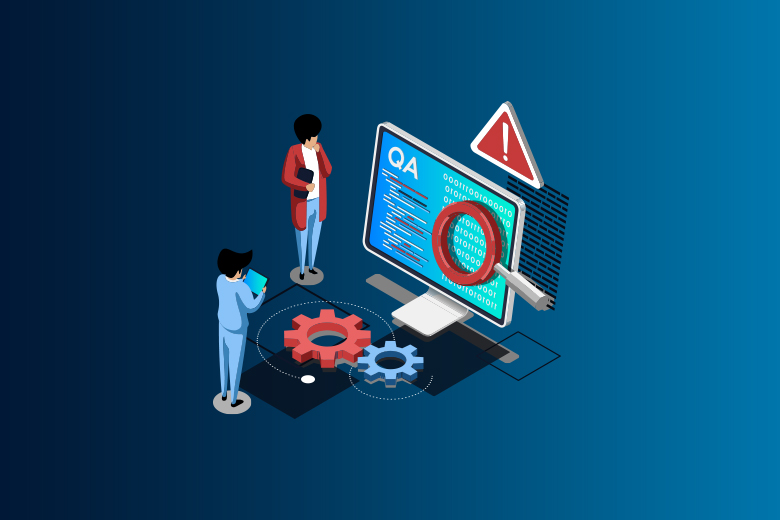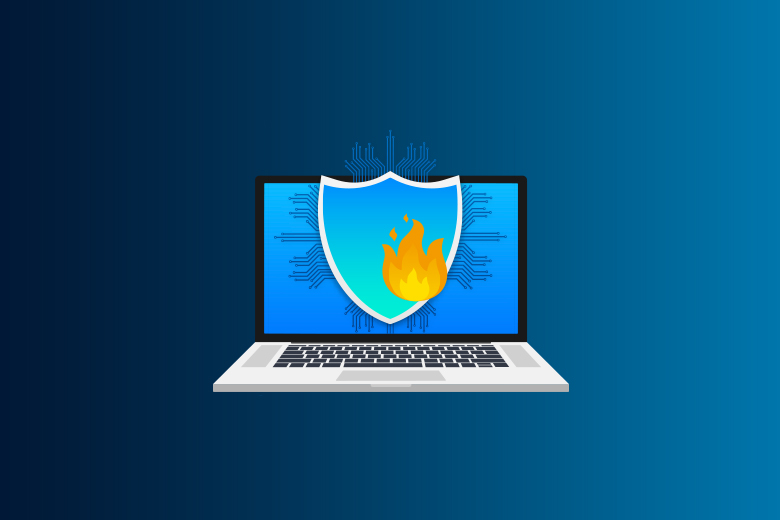24 April 2024
SafeAeon Inc.Cyber threats are a big problem in this digital age, where businesses live on being linked and data is the new gold. The facts and figures paint a grim picture: Cybereason's endpoint security report: [invalid URL removed] showed that ransomware attacks increased by 84% in 2023. This shows that hackers are becoming more daring and skilled. These attacks aren't just going after big tech companies anymore; small and medium-sized businesses are also falling for them because they think they're safe or don't have enough resources.
Imagine that an employee gets a single scam email that looks like it came from a real sender. Malware gets into your system with just one click and sneaks around your network like a nightmarish thief. Your data is encrypted, business stops, and your image goes down the drain. This is not just a made-up situation; many businesses have to deal with it every day. People often say, "Forewarned is forearmed," and this is where the cyber attack scenario comes in.
Organizations can find holes in their cyber defenses before they happen by modeling real-life attack scenarios. Try to picture it as a drill for your online safety. You can use these models to see how well your security measures work, find holes that you might not have seen otherwise, and improve your incident response plan before a real attack happens. The holes in the bucket need to be fixed before the well runs dry. Cyber attack simulation is no longer a nice to have, it's an important investment in the future and stability of your business.
Attack simulations are carefully planned operations that try to see how strong a company's cybersecurity is by imitating the methods, techniques, and procedures (TTPs) that real-life attackers use. Here are the steps that are taken to run a cyber attack simulation:
Cyber Threat Intelligence (CTI) Threat Profiling
In the first step, threat profiling, the security team gets information about possible attackers who might try to target the company. This step is very important because it tells the program what to do. For example, a bank might pay special attention to threat players that are known to target the banking industry. Instead, the government could look into threats like the Cadet Blizzard malware, which is used to stop activities during geopolitical conflicts.
Setting the limits of the attack simulation
To make sure the program works and stays under control, its scope needs to be made clear. This includes figuring out which parts of the network are involved, what actions are okay during the exercise, and which assets should be avoided to keep things running smoothly. With clear limits, the simulation can only test the areas that need to be tested and won't affect normal operations.
Setting the Goals for the Cyber Attack Simulation
The goal of each attack simulation must be clear. This goal could be to steal private data, get high-level administrative access, or stop services from running. The goals should match the threats found in the threat profiling stage. This will make sure that the game is a true reflection of possible attacks the company could face.
Getting ready to attack
Now that there is a clear goal, the next step is to plan the attack. For example, picking the right tools and methods for the exercise is part of this. When planning, it's important to think about what the organization's weaknesses are and how the known threat players usually act. In this step, the rules for how the game will work are set.
Carrying out the cyber attack simulation
During this phase, the attack that was planned is put into action. At this stage, things are always changing, so the security team has to adjust to how the network reacts to what they do. As new chances or problems come up during the simulation, changes often need to be made in real-time. For instance, finding a server that isn't set up correctly during the exercise could change the attack path, which would help you learn more about possible weaknesses.
The Results and Reports
After the simulation, a thorough report is made that includes the results, any security holes that were used, how well the organization's response plans worked, and what might happen if an actual attack happened. This report is very important because it gives the group useful information and suggestions for making its defenses stronger.
Explanation of Each Step in Detail
Threat profiling: This is a deep look into possible attacks and how they work, usually with the help of cyber threat intelligence tools. Making the game as realistic as possible requires knowing what the enemy can do and how they have attacked in the past.
Scope: To make sure that important processes don't get messed up, clear rules are set up to say what is and isn't part of the simulation. This could mean listing parts of the network, devices, or data that shouldn't be viewed.
Setting Goals: This step is all about what you want the program to do. The goal guides every move in the simulation, whether it's to get to a certain set of data, mess up a service, or show where real security is weak.
Planning the Attack: The tools and methods that will be used in the attack are picked out based on how well they fit the threat description and the goals of the simulation. There is a step-by-step plan in the plan for how each part of the attack will be carried out.
Setting off the Attack: This is the active part where the attack is set off as planned. The team needs to be able to be flexible because they may need to change their method based on what they find in real-time.
Results and Reporting: The last step is to look at how the scenario turned out. The report describes the methods that were used, what worked and what didn't in the attack, as well as how the group responded. It offers a critical evaluation of the security posture and suggests improvements.
The comprehensive approach of a cyber attack simulation allows organizations to test their defenses in a controlled environment, identify weaknesses, and improve their ability to detect and react to potential threats. This proactive measure is important in the ever-evolving world of cyber threats, helping to fortify an organization’s defenses against increasingly sophisticated attacks.
What Kinds of Cyberattacks Are Possible?
Simulations of cyberattacks are an important part of making an organization's protection stronger. Organizations can find weak spots in their security and make them stronger by modeling different kinds of cyberattacks. It's usually possible to fake the following types of attacks:
During these trials, people try to break into an organization's network to use its resources without permission.
Endpoint Attacks: This kind of simulation is all about finding weak spots in endpoint devices that are linked to the company's network, such as laptops, desktops, cell phones, and servers.
Web Application Attacks: These simulations look for flaws in web-based apps that could be used to get in without permission or leak data. They do this by finding faults in the software, design, or configuration.
Email Infiltration Attacks: Phishing and other techniques are used in these simulations to see how well users can spot and deal with efforts to get sensitive information or get them to install malware.
Data Exfiltration Attacks: These simulations test ways an attacker could use to steal private data from an organization's network.
Lateral Movement Attacks: These models test an attacker's ability to move around in the network after they have gotten in. As part of this, methods like privilege escalation and system pivoting are tested to get to valuable data or compromise important assets.
Cloud Attacks: These simulations focus on the cloud environment and try to find weak spots in cloud systems like cloud-based apps, data storage, and computing resources. Misconfigurations, weak access controls, and unprotected APIs are common targets that could lead to data breaches or services being hacked.
Organizations can make sure they have a strong defense against real cyber threats by regularly modeling these kinds of attacks. This helps them figure out where their security might be weak and how to fix it.
Conclusion
Cyber attack simulations are very important for making a company safer from possible cyber threats. These models check how strong systems are and teach staff how to work well under pressure. By finding weaknesses before they become real threats, companies can make targeted improvements that make their total security stronger. Also, regular cyberattack simulations make sure that reaction plans aren't just ideas; they are put into practice and improved. This kind of proactive thinking is necessary to stay alert as online threats change all the time. Finally, any company that wants to keep its data and processes safe needs to spend money on cyber-attack simulations. It gets teams ready for real events, limiting the damage that could happen and making sure that business keeps running even when cyber problems happen. To keep yourself updated with the top-notch cyber security service, SafeAeon is your one-stop destination.
